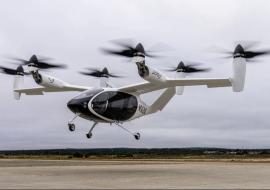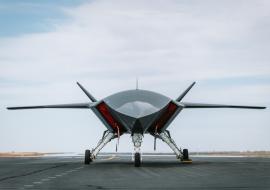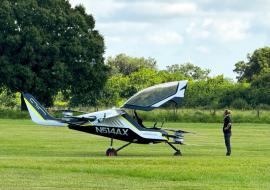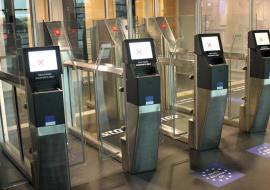British Technology Company to Transform Air, Space Travel with New Engine Design
For a small technology company trying to revolutionize low-cost commercial space travel, the sale of a minority stake to aerospace giant BAE Systems could turn out to be the defining moment in its quest.
Its Sabre engines for commercial air travel can go from zero to five times the speed of sound, and up to 25 times the speed of sound for space travel.
Experts believe hypersonic air travel could enable people to one day journey anywhere in the world within four hours. At Reaction Engines, based in Oxfordshire, they think this could be a reality within 10 to 15 years.
However, before last month’s deal, Reaction was a highly respected research business, but with limited funding had been effectively stuck as a start-up since its foundation in 1989.
Now, with the backing of a major strategic partner, the 75-employee company and its team of rocket scientists should be course to expand their orbit.
With BAE’s backing and an additional government funding commitment of £60m, Reaction will be able to move to the next critical engineering development stage, while remaining an independent company.
Guiding its “unique” Sabre engine concept towards a seminal breakthrough has been an evolutionary experience.
Recently-installed managing director Mark Thomas admits the deal took time. “They [BAE Systems] have put in £21m, which implies the company is valued at £100m,” he says.
“I spent much of the five months I’ve been here working on that process. It was very clear to me that we needed a big industrial aerospace company and one of the key capabilities we were looking for was systems integration.
“It’s a combination of jet engine technologies and rocket technologies, so actually it’s a complex system (requiring everything to function as one unit). When we looked at organizations with that ability, BAE Systems were top of the list.”
With hindsight, his arrival in May was ideally timed. A Cambridge engineering graduate, Thomas has spent a quarter of a century working in the defense and civil aerospace divisions of Rolls-Royce.
His previous position was as a chief engineer in the industrial giant’s civil aerospace arm, making engines for super-jumbo jets. Prior to that, he held similar posts working on the Typhoon fighter and the Trent 900 jet engine that powers the world’s largest passenger airliner, the Airbus A380.
Mark Thomas, of Reaction Engines, says the company's Sabre rocket engine will enable airliners to fly at five times the speed of sound Photo: John Lawrence/TELEGRAPH
The uniqueness of Reaction’s brainchild is largely founded on an ability to accommodate both space and air modes of travel in one engine.
Thomas describes the company’s Sabre – or Synergetic Air-Breathing Rocket Engine – as “the next big thing”. When might it become reality?
“I think we are at the start of a fantastic ride. It really is the start of something very big.”
The intent is to double in size in the next two years. Even with 150 highly qualified people, Reaction will probably need to stretch that figure to complete the program, something Thomas is content to admit.
I think we are at the start of a fantastic ride. It really is the start of something very big
Mark Thomas, CEO, Reaction Engines
It remains a business without a product, yet it has no immediate funding requirement beyond its faithful private and institutional investors, the Government’s pledge, revenue from two fabrication subsidiaries and its new partner’s stake-holding. There was a key turning point in 2012, when the company demonstrated the enabling technology that is the key to its concept.
“Many people – and I would say Rolls-Royce included – did not believe that would be possible,” Thomas reveals. “That triggered the government interest and the work that’s been done since, not just by the company but also with (validation from) the European Space Agency and the US Air Force Research Laboratory. That has given BAE Systems the confidence to join.
Source: The Telegraph














